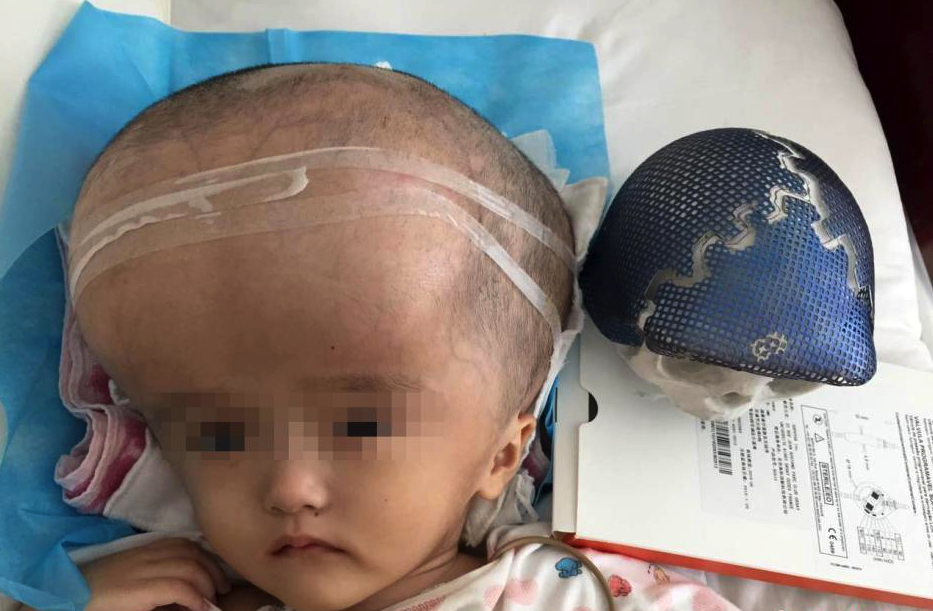- Home
- Medical news & Guidelines
- Anesthesiology
- Cardiology and CTVS
- Critical Care
- Dentistry
- Dermatology
- Diabetes and Endocrinology
- ENT
- Gastroenterology
- Medicine
- Nephrology
- Neurology
- Obstretics-Gynaecology
- Oncology
- Ophthalmology
- Orthopaedics
- Pediatrics-Neonatology
- Psychiatry
- Pulmonology
- Radiology
- Surgery
- Urology
- Laboratory Medicine
- Diet
- Nursing
- Paramedical
- Physiotherapy
- Health news
- Fact Check
- Bone Health Fact Check
- Brain Health Fact Check
- Cancer Related Fact Check
- Child Care Fact Check
- Dental and oral health fact check
- Diabetes and metabolic health fact check
- Diet and Nutrition Fact Check
- Eye and ENT Care Fact Check
- Fitness fact check
- Gut health fact check
- Heart health fact check
- Kidney health fact check
- Medical education fact check
- Men's health fact check
- Respiratory fact check
- Skin and hair care fact check
- Vaccine and Immunization fact check
- Women's health fact check
- AYUSH
- State News
- Andaman and Nicobar Islands
- Andhra Pradesh
- Arunachal Pradesh
- Assam
- Bihar
- Chandigarh
- Chattisgarh
- Dadra and Nagar Haveli
- Daman and Diu
- Delhi
- Goa
- Gujarat
- Haryana
- Himachal Pradesh
- Jammu & Kashmir
- Jharkhand
- Karnataka
- Kerala
- Ladakh
- Lakshadweep
- Madhya Pradesh
- Maharashtra
- Manipur
- Meghalaya
- Mizoram
- Nagaland
- Odisha
- Puducherry
- Punjab
- Rajasthan
- Sikkim
- Tamil Nadu
- Telangana
- Tripura
- Uttar Pradesh
- Uttrakhand
- West Bengal
- Medical Education
- Industry
A 20 kg skull of a Chinese toddler replaced by 3D-printed skull

The toddler suffered from excess cerebrospinal fluid in the brain, which led to her head weighing 20 kg as against her total body weight of 32 kgs. Her skull has been reconstructed now using the 3D technology
After a 17-hr long ground breaking journey, a toddler in China who was suffering from hydrocephalus, which causes excess cerebrospinal fluid in the brain, has her skull reconstructed now; the first time using a 3D-printed skull technology. Han Han, the toddler, had a brain three times the size of a normal brain, and had recently lost her vision due to damage of the optic nerve because of infections, and her excess weight.
She is reported to be recovering steadily after the 3D-printed titanium alloy skull was implanted, becoming the first person to have her cranium successfully reconstructed by 3D printers. The successful surgery was conducted at the Second People's Hospital of central China's Hunan Province and is under observation, and a neurosurgeon Kuang Weiping, was in charge of the whole treatment.
As quoted by PTI,
Kuang said they believed her skull was likely to rupture as infected parts became thinner and only the "brain-shrinking" operation could save her life. During the process, neurosurgeons peeled her scalp and skull, then drained the fluid in her head.
After the swollen structures in her brain returned to the normal size, they implanted the donated artificial skull and covered it with her scalp.
After a 17-hr long ground breaking journey, a toddler in China who was suffering from hydrocephalus, which causes excess cerebrospinal fluid in the brain, has her skull reconstructed now; the first time using a 3D-printed skull technology. Han Han, the toddler, had a brain three times the size of a normal brain, and had recently lost her vision due to damage of the optic nerve because of infections, and her excess weight.
She is reported to be recovering steadily after the 3D-printed titanium alloy skull was implanted, becoming the first person to have her cranium successfully reconstructed by 3D printers. The successful surgery was conducted at the Second People's Hospital of central China's Hunan Province and is under observation, and a neurosurgeon Kuang Weiping, was in charge of the whole treatment.
As quoted by PTI,
Kuang said they believed her skull was likely to rupture as infected parts became thinner and only the "brain-shrinking" operation could save her life. During the process, neurosurgeons peeled her scalp and skull, then drained the fluid in her head.
After the swollen structures in her brain returned to the normal size, they implanted the donated artificial skull and covered it with her scalp.
Meghna A Singhania is the founder and Editor-in-Chief at Medical Dialogues. An Economics graduate from Delhi University and a post graduate from London School of Economics and Political Science, her key research interest lies in health economics, and policy making in health and medical sector in the country. She is a member of the Association of Healthcare Journalists. She can be contacted at meghna@medicaldialogues.in. Contact no. 011-43720751
Next Story


